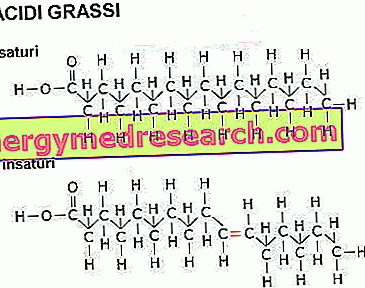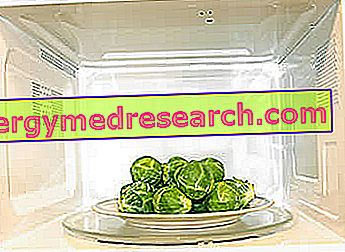The Gentian, perennial herbaceous plant (family Genzianacee) of which rhizome and root are used, has both herbal and liqueur use. The gentian root is a drug with eupeptic properties, febrifuge and, associated with china, it is also antimalarial.
After the harvest, if the drug has to have a herbal projection, it is immediately treated with technical factors, which block or enormously delay the hydrolysis and oxidation processes; if instead it must have a liqueur profile, it is left to ferment in particular structures, where enzymes and degradation processes begin to work; this activity leads to an improvement in the quality of use of that drug. Thus, the liqueur properties of the Gentian are improved by allowing those elements to work that in many cases are a source of negativity, because they can determine, but not in this case, a qualitative decline.
The technical factors must take into account all these aspects, we must then go on to understand what are the elements that alter the morphological aspects and not of a drug. To avoid that oxide reactions - reduction or hydrolysis take hold, and all dysmetabolic phenomena in general:
you must spend as little time as possible from collection to technical intervention.
The processing sites must be close to the collection sites, precisely to minimize the time factor.
Often, however, the plant or part of the plant harvested must be transported; for this reason, suitable mechanical means will be used for stacking and transporting the source.
The means of transport must respect the same standards of hygiene that were observed at the time of collection; they cannot, for example, transport plants or drugs to containers that have transported animals. It is therefore necessary to respect those cleaning criteria that will guarantee, in the following phases, to work a vegetable source that has kept its qualities intact, thanks to a correct sequence of operations that from the collection lead it to the technical processing laboratories.
All these steps must relate to operational criteria that take into account hygiene and cleanliness, and that focus mainly on the part of the plant that will become intact drug, ascertaining the absence of other organic material (parts of the plant that are not drugs or other plants, insects, animals) and inorganic (soil, metals, glass).
The technical interventions that are applied to limit the phenomena of degradation of future drugs are different. As for the phenomena of hydrolysis, the source is deprived of water, this because the hydrolytic reactions are characterized by the presence of enzymes that act in the presence of water and if this is removed these reactions cannot take place. The technical intervention of removing water is the first to be carried out, and it is also what is carried out on the great majority of plant sources; this is because the phenomena of hydrolysis are the first that occur after the harvest and are also those that alter the quality of the natural source that is giving the drug in a more drastic and irreversible way.
To remove water and decide which strategies to use, I must take into account the source and type of part used: seeds (little water), fruits (a lot of water) or roots (fleshy or not). It will therefore be necessary to adopt different removal methods, in terms of type and drasticity.



